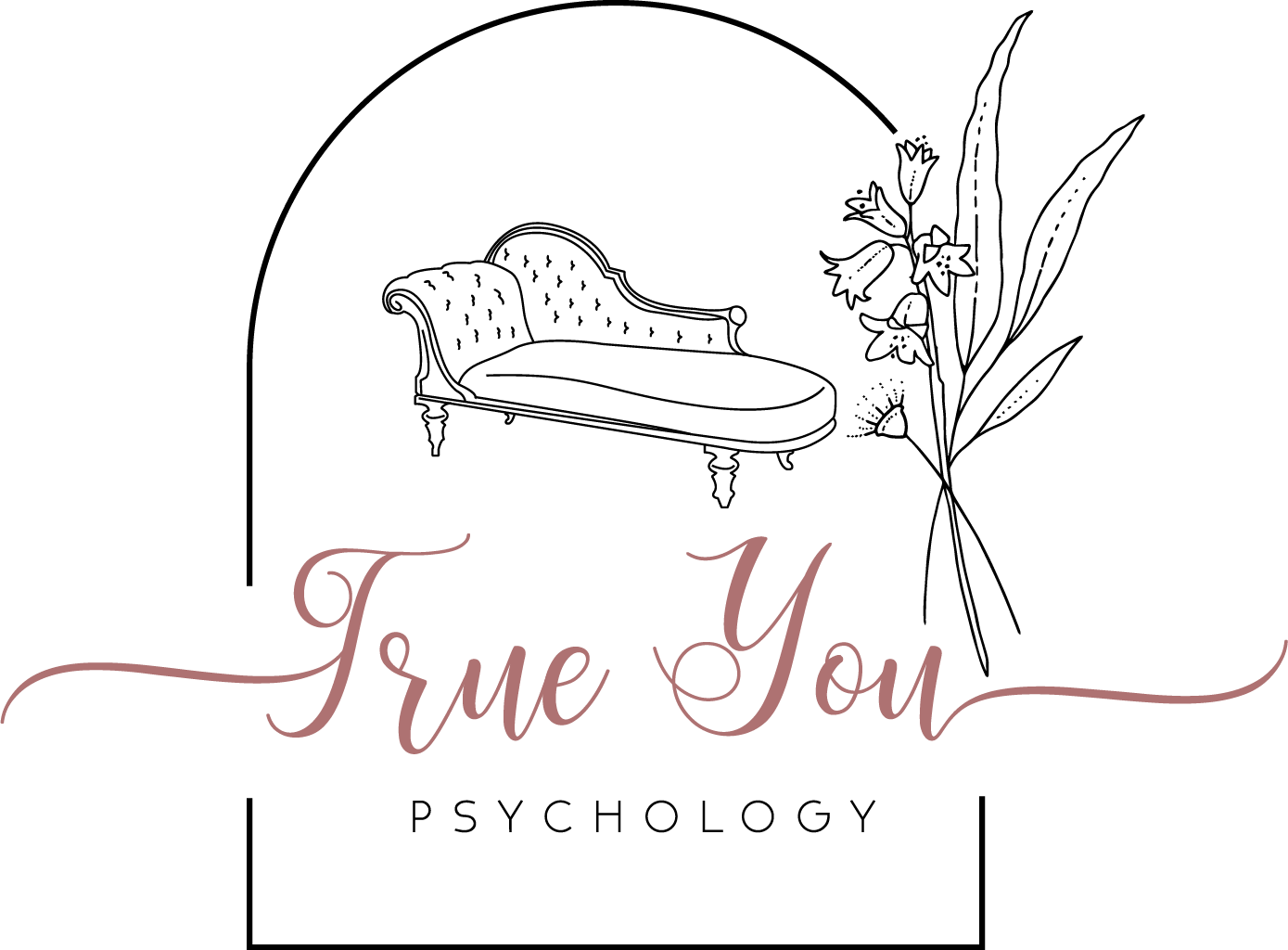When your ‘Logical Brain’ isn’t enough: Why CBT can only go so far
One of the first types of therapies most people hear about is Cognitive Behavioural Therapy (CBT).
It has a good evidence base for treating a variety of presentations and if you’ve received a psychology referral and mental health care plan from your GP, chances are that CBT has been suggested as a course of treatment. Google also seems to love CBT as it’s often suggested as the first type of therapy to try for depression and anxiety.
What is CBT?
CBT is a type of therapy that deals mainly with a person’s ability to logically reason with themselves and their conscious thought processes. The theory is that if change your thoughts, then you change your feelings and your behaviours, or vice versa.
The CBT Triangle
I love working with CBT and I have seen great results with many of my clients. A CBT strategy I regularly use is called ‘thought-challenging’ whereby the client is helped to identity the unhelpful thought loop/s that occur and is guided in being able to ‘play detective’ and critically examine the probability of that worry eventuating or how realistic that thought is.
For example I may say: “Given what you know about yourself, your age, statistics of living in a big city like Melbourne, what l likelihood do you think the likelihood of you ending up dying alone if this first date does not go according to plan?”
When CBT goes according to plan, the client is able to recognise that there is overwhelming evidence to suggest that they are likeable, have the ability to form meaningful connections and statically are bound to eventually connect with someone.
When it goes according to plan, that is…
However… sometimes it doesn’t. And sometimes we hit a wall. And when we’ve hit a CBT wall, the session can sound something like this…
Client may say: “Helen, it’s not that I don’t LOGICALLY know these things. Like, I KNOW that the thoughts I’m having are unhelpful and aren’t true…
“I LOGICALLY KNOW, that I’m worthwhile, that my dating status doesn’t not define worth …but it doesn’t FEEL true... it still doesn’t FEEL believable to me...”
It still FEELS like despite all of it, I’m just not someone that can connect with others. I FEEL like there’s something wrong with me and I’m bound to end up by myself.”
The problem is that CBT can focus a lot on our ‘logical and rational’ brain (which in some people seems perfectly intact!) rather than the ‘emotional’ brain. It is often here that deeper more ingrained negative beliefs about the self, often stemming from a past memories exist.
So what now?
Let me introduce you to: Eye Movement Desensitisation and Reprocessing (EMDR) Therapy.
EMDR is can evidence based therapy can help the client move their emotionally distressing experience/memory into their ‘adaptive memory network’, AKA: where the logical brain, the part that holds the healthy adaptive beliefs exist!
It has been endorsed by the World Health Organisation (WHO) as a treatment for PTSD and since it’s development in 1987 has been modified to treat an array of issues including emotional trauma, depression, phobias, etc.
During EMDR therapy, we are focusing on integrating the ‘emotional brain’ with the logical brain, rather than the logical parts in isolated, in order to move past this ‘CBT wall’.
In a nutshell, it has the ability to make what the client already KNOWS as logical and true to FEEL more logical and true, whilst lowering the level of distress that they feel.
When EMDR goes right and a memory has been fully re-processed, the client is able to report feeling little or no distress, and they are able to integrate what they logically knew with how they actually feel.
A client may then say:
“Yes, I can trust myself to connect with others, regardless of this date ”
Unfortunately EMDR is not as well-known as CBT. You may not have heard it before reading this blog! It is a very powerful tool that I use in my therapy approach and I have seen some amazing results with my clients.
If you’re interested in learning more about EMDR you can visit the EMDR Association of Australia (EMDRAA) website below.
If you’d like to work with me and find out more about how EMDR may be helpful for you, please contact True You Psychology via phone or email.
JOIN ME ON INSTAGRAM…







